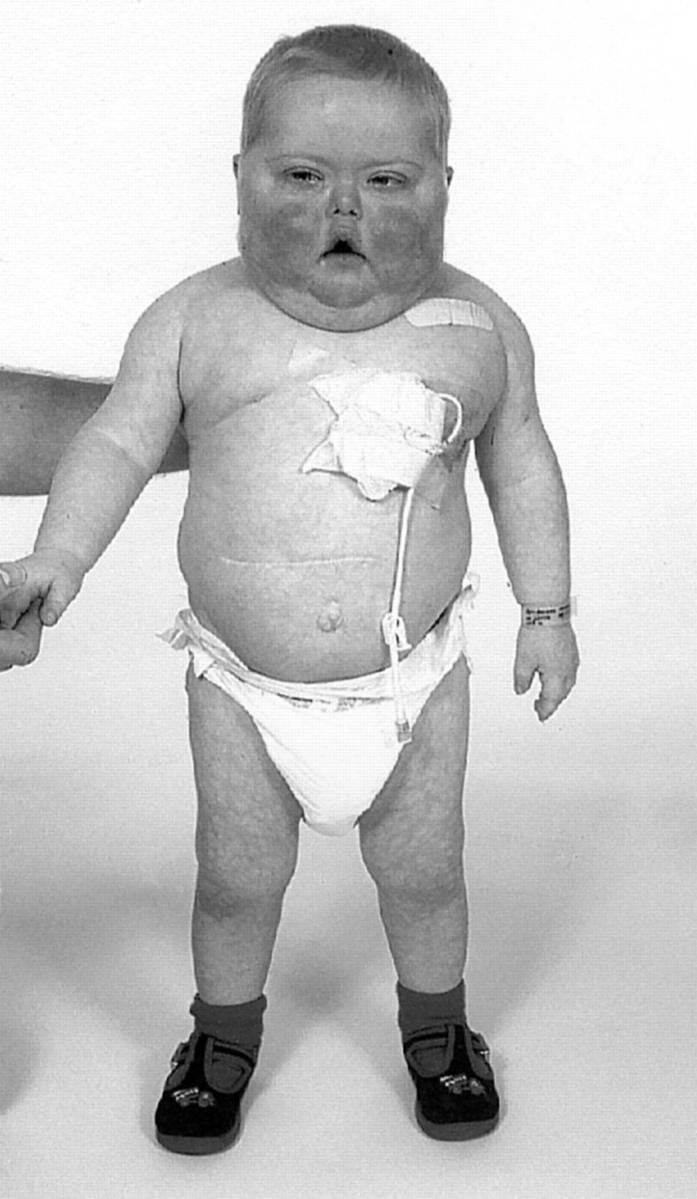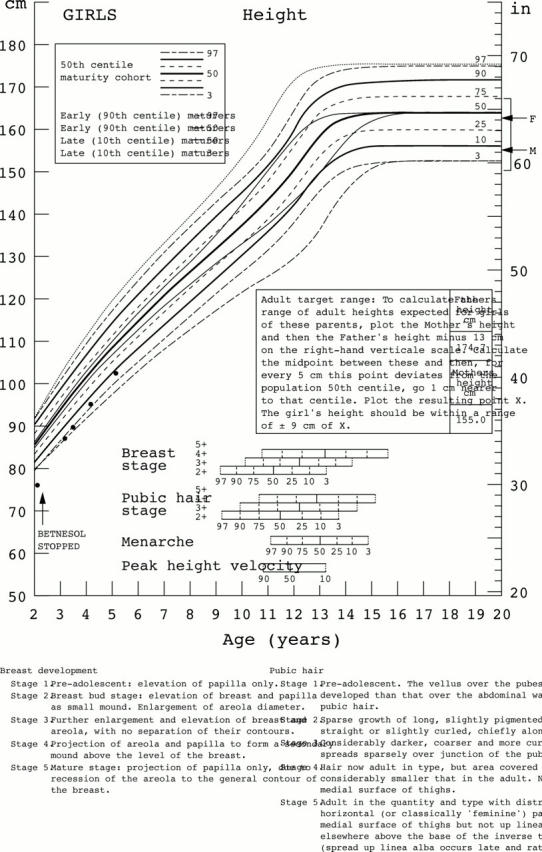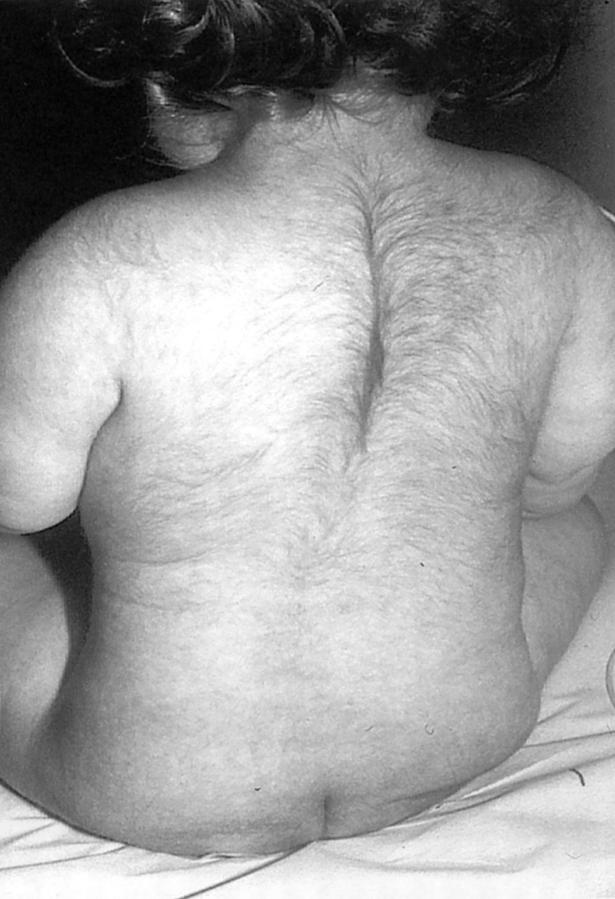Abstract
Nine cases (including the original two cases) are reviewed to show the varied clinical manifestations of adrenal suppression caused by intranasal steroids. Four presented with Cushing's syndrome, three with growth failure, while two asymptomatic patients were discovered in the course of pituitary function testing.
Four children had dysmorphic syndromes—Down's, Treacher–Collins, CHARGE association, and campomelic dysplasia—reflecting the vulnerability of such children to ENT problems, together with the difficulty of interpreting steroid induced growth failure in this context.
Adrenal suppression was seen not only with betamethasone but also with budesonide, beclomethasone and flunisolide nasal preparations.
A careful enquiry as to the use of intranasal steroids should be routine in children presenting with unexplained growth failure or Cushing's syndrome. Particular vigilance/awareness is required in children with dysmorphic syndromes.
Full Text
The Full Text of this article is available as a PDF (122.4 KB).
Figure 1 .

Case 1: child with Down's syndrome showing cushingoid features secondary to intranasal steroid use.
Figure 2 .
Hypertrichosis of the back caused by excessive intranasal steroid use in case 3.
Figure 3 .

Buckler–Tanner growth chart showing improvement in height centile after cessation of intranasal steroid therapy in case 9.
Figure 4 .
Regression of cushingoid features in case 1 after intranasal steroid therapy discontinued.




